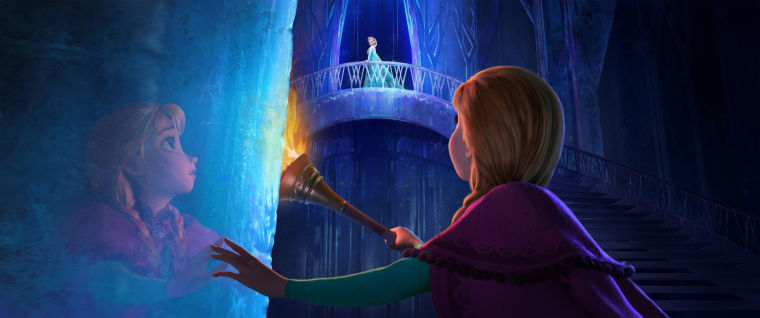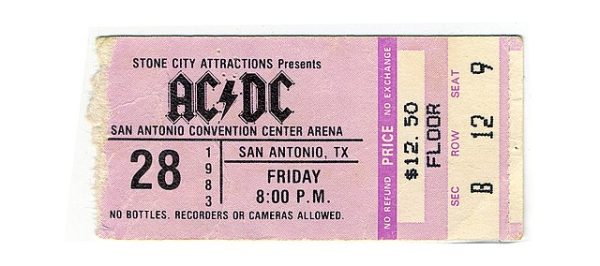‘Frozen’ warms up audiences to LGBT coming-out process
The smash hit “Frozen” has enjoyed much success and has been hailed as one of the greatest Disney films in recent years.
The movie has grossed over $1 billion worldwide, according to Variety.
Along with money, it has received numerous accolades with the Oscars for best animated feature being its top prize. In total, “Frozen” was nominated for 94 awards and won 54 of those.
While “Frozen” has been widely accepted and loved for what it is on the surface, a children’s movie, others have begun to view the film with a more analytic eye.
After numerous viewings of “Frozen,” some details and similarities begin to become more apparent and the possibility of underlying themes becomes plausible. A popular theory amongst internet-goers is that the plot of “Frozen” and struggle of the deuteragonist Elsa, the snow queen of Arendelle, are allegories of the coming out process of LGBT people.
Justin Lee, executive director of The Gay Christian Network and operator of the blog “Crumbs from the Communion Table,” compares Elsa’s magical powers and desire to be herself to the struggle LGBT people face in his blog article “Want to Understand Your Gay Family Member? Go See ‘Frozen.’”
Lee likens Elsa’s magical ability to control snow and ice to homosexuality, which are both natal characteristics. Similar to the hardships LGBT people endure, Elsa doesn’t fully understand her power and is isolated from her family who also do not understand her.
A recurring line in the film, “conceal, don’t feel,” was first uttered by Elsa’s father who encourages her to not make her difference from everyone else known. That situation is undoubtedly familiar to anyone who has felt different from other people for any reason.
Many people that relate Elsa to LGBT people and themes cite her self-expulsion from Arendelle as the beginning of her coming out process. Once she has left Arendelle, Elsa begins to make peace with her differences.
This is most apparent when she says “that perfect girl is gone” and tosses away her tiara which symbolizes her old life and then lets down her hair signifying an internal change.
The power ballad “Let It Go” is the most iconic part of the entire movie has also been theorized to be the pinnacle of Elsa’s coming-out process and is also commonly cited as support for the argument that “Frozen” has LGBT undertones.
Recently, “Let It Go” has been adopted as an LGBT power anthem because of the striking similarities it has to coming out.
While it is unknown if these similarities were intentional on Disney or the creators’ part, many people are championing “Frozen” as a step in the right direction for LGBT rights and representation.
Whether “Frozen” is a comment on the need for more diverse representation in media is up for debate, but one can hope that it does engender more discussion and acceptance of differences in society.
Follow me on Twitter @dylan_sosa







